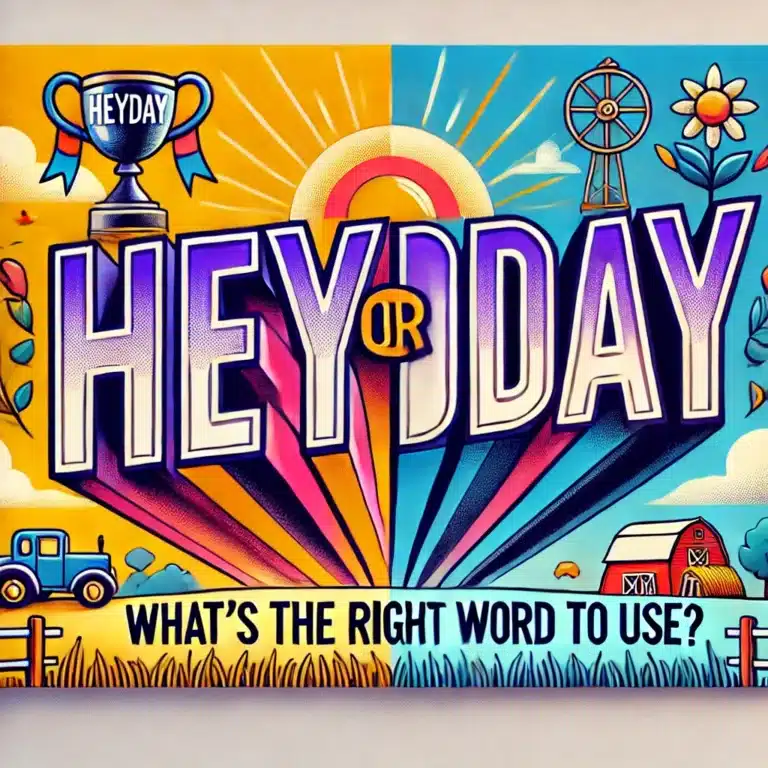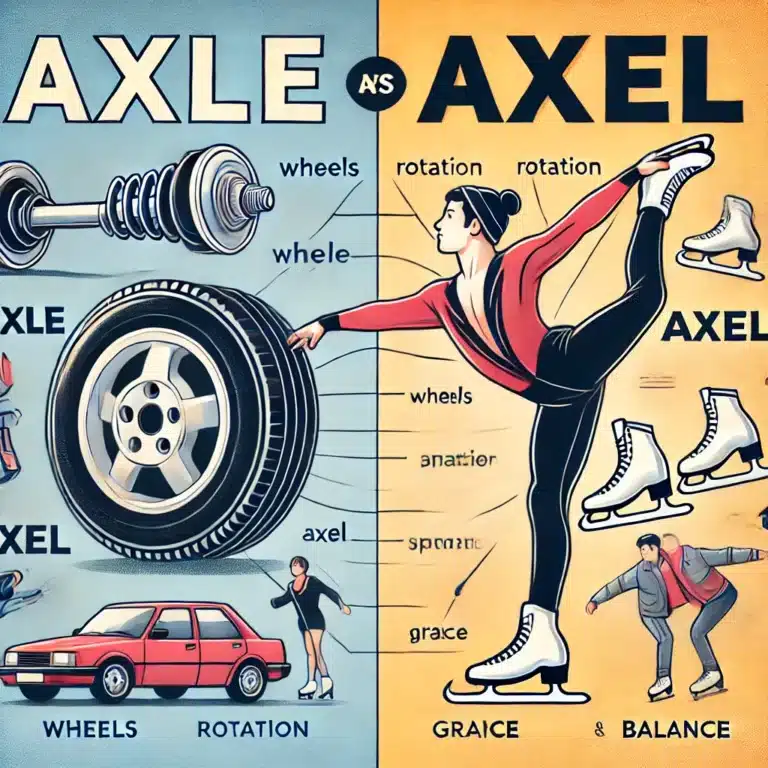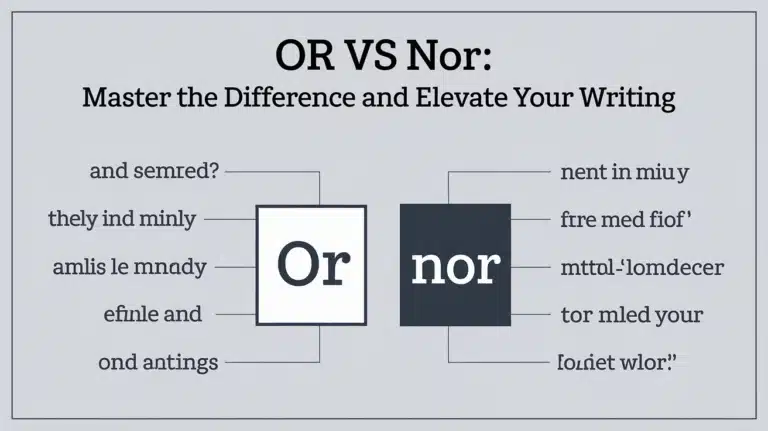Understand the Differences Between Trash and Garbage
Have you ever paused at a waste bin, wondering whether to label it “trash” or “garbage”? You’re not alone. The trash vs garbage debate has been quietly simmering in households, offices, and waste management facilities across the globe. Let’s dive into this messy topic and sort out the differences once and for all.
The Dirty Truth: Are Trash and Garbage Twins or Distant Cousins?
At first glance, trash and garbage might seem like identical twins in the world of waste. Many of us use these terms interchangeably, tossing them around as casually as we toss away our apple cores. But here’s the kicker: they’re not the same thing.
Understanding the distinction isn’t just about winning trivia nights. It’s crucial for effective waste management, recycling efforts, and reducing our environmental footprint. So, let’s roll up our sleeves and dig into the nitty-gritty of these waste world cousins.
Trash 101: More Than Just Junk
When we talk about trash, we’re generally referring to dry, non-biodegradable materials. Think of it as the stuff that doesn’t decompose easily or smell bad (at least not right away).
Here’s a quick list of common trash items:
- Paper and cardboard
- Plastics
- Metals
- Glass
- Textiles
Interestingly, the psychology behind what we consider “trash” can vary. One person’s trash might be another’s treasure, as the saying goes. This perception plays a crucial role in recycling and upcycling efforts.
“Trash is a treasure that has not yet been reinvented.” – Gavin Newsom
Garbage Demystified: The Stinkier Sibling?
Now, let’s talk garbage. This term typically refers to wet, organic waste that can decompose and, let’s face it, get pretty smelly.
Common garbage items include:
- Food scraps
- Yard waste
- Spoiled food
- Used personal products
Garbage plays a significant role in waste management systems, often requiring special handling due to its biodegradable nature and potential health hazards.
Read More About : Lead or LEED: Understanding the Distinction and When to Use Each
Face-Off: Trash vs. Garbage
Let’s break down the key differences:
| Aspect | Trash | Garbage |
|---|---|---|
| Composition | Mainly dry, non-biodegradable | Wet, organic, biodegradable |
| Odor | Generally odorless | Often smelly |
| Disposal | Often recyclable or reusable | Usually destined for landfills or composting |
| Environmental Impact | Can be minimized through recycling | Can contribute to methane emissions if not properly managed |
Disposal Methods: How They Diverge
Trash disposal often involves recycling centers, where materials like plastics, paper, and metals can be sorted and processed for reuse. On the other hand, garbage disposal typically leads to landfills or composting facilities.
Environmental Impact: A Tale of Two Waste Streams
The environmental impact of trash and garbage differs significantly. Improper trash disposal can lead to long-lasting pollution, as many non-biodegradable materials can persist in the environment for hundreds of years.
Garbage, while biodegradable, isn’t off the hook. When sent to landfills, it can produce methane, a potent greenhouse gas. However, when properly composted, garbage can become a valuable resource for agriculture.
A Linguistic Journey: Tracing the Roots
The words “trash” and “garbage” have fascinating origins that reflect their different natures.
“Trash” comes from a Scandinavian word meaning “fallen leaves and twigs.” It entered English in the late 14th century, initially referring to fallen leaves or refuse.
“Garbage,” on the other hand, has a more unappetizing origin. It comes from the Old French word “garbe,” meaning “sheaf of wheat.” By the 15th century, it had evolved to mean the parts of an animal that were discarded after butchering.
Waste Not, Want Not: The Impact on Recycling and Sustainability
Understanding the trash vs garbage distinction is crucial for effective recycling and composting efforts. Recycling primarily deals with trash items, while composting is perfect for most garbage.
The zero-waste movement is redefining our relationship with discards, encouraging us to view all waste as a potential resource. This shift in perspective blurs the lines between trash and garbage, focusing instead on how we can minimize and repurpose all types of waste.
From Landfill to Living Room: Cultural Representations
Trash and garbage have found their way into art, literature, and pop culture, often symbolizing societal issues or environmental concerns.
Remember Oscar the Grouch from Sesame Street? His trash can home and love for rubbish helped generations of kids think differently about waste. More recently, Pixar’s Wall-E used a trash-compacting robot to deliver a powerful message about consumption and waste.
The Future of Waste: Beyond Trash and Garbage
As we move deeper into the digital age, new waste categories are emerging. E-waste, for instance, doesn’t fit neatly into traditional trash or garbage categories but poses significant environmental challenges.
Innovations in waste management are also blurring the lines. For example, some facilities now use advanced sorting technologies to separate recyclables from mixed waste streams, reducing the need for consumers to distinguish between trash and garbage.
Talking Trash (and Garbage):
The use of “trash” and “garbage” varies across English-speaking regions. In the UK, you’re more likely to hear “rubbish” than either trash or garbage. Australians might talk about “chucking something in the bin” rather than trashing it.
These terms have also spawned numerous idioms:
- “One man’s trash is another man’s treasure”
- “Garbage in, garbage out”
- “Talking trash”
The Great Debate: What the Experts Say
Waste management professionals often stress the importance of proper sorting. As one expert put it, “The effectiveness of recycling and composting programs hinges on accurate waste classification at the source.”
Environmental scientists highlight the different environmental impacts. Dr. Jane Green, an environmental researcher, notes, “While all waste poses challenges, the methane produced by organic waste in landfills is a particularly pressing concern in the fight against climate change.”
Practical Matters: Sorting It Out in Your Home
Creating an effective waste sorting system at home can make a big difference. Here are some tips:
- Use separate bins for recyclables, compostables, and landfill waste.
- Educate all household members about proper sorting.
- Compost food scraps and yard waste if possible.
- Regularly check your local recycling guidelines, as they can change.
Remember, proper waste classification isn’t just about your home – it impacts your entire community. Contamination in recycling or composting streams can lead to entire loads being sent to landfills.
Conclusion: Clearing the Air on Trash and Garbage
While the terms “trash” and “garbage” are often used interchangeably, understanding their distinctions can lead to more effective waste management and a reduced environmental impact.
Trash, typically dry and non-biodegradable, often has recycling potential. Garbage, being wet and organic, is best suited for composting or specialized disposal. Both require thoughtful handling to minimize their environmental impact.
As we face growing environmental challenges, it’s clear that every piece of waste matters. Whether it’s trash or garbage, our choices about how we dispose of our waste have far-reaching consequences.
So, the next time you’re about to discard something, pause for a moment. Is it trash? Is it garbage? Or is it perhaps a resource waiting to be reused or recycled? In the end, the most important thing isn’t the label we give our waste, but the care and thought we put into its disposal.
Let’s talk trash (and garbage) – responsibly!







